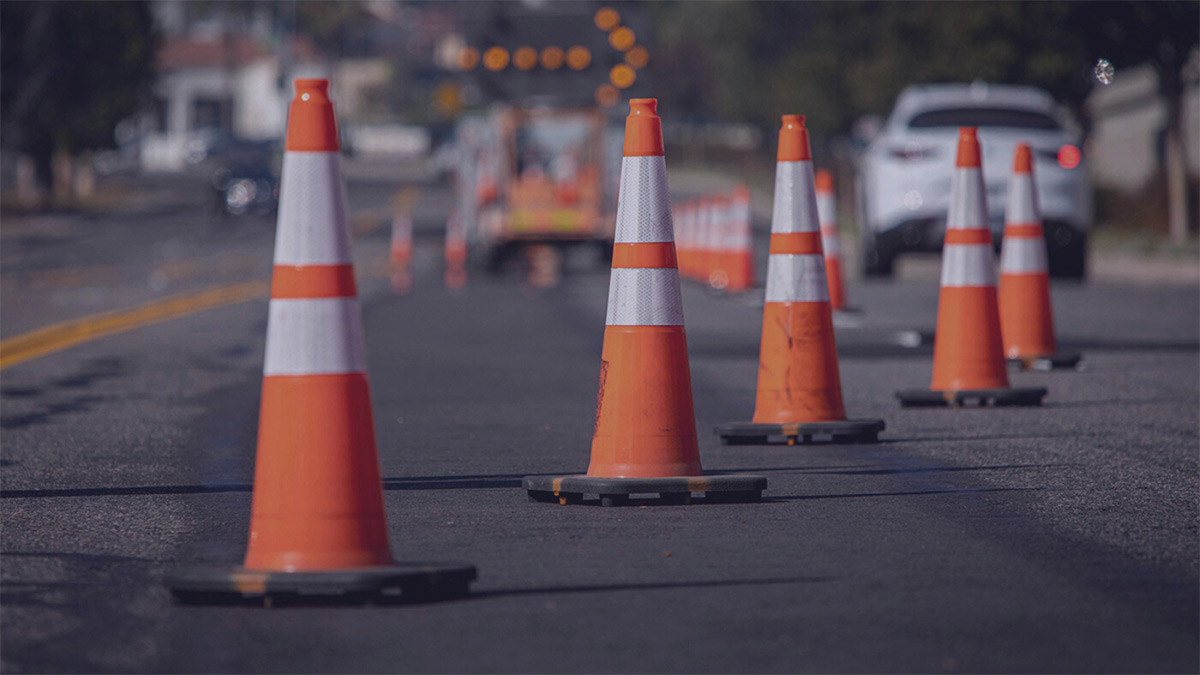Here’s an interesting question: You’re driving along the freeway. A sign says your lane will end, one mile ahead, to accommodate a work zone. Should you:
A. Merge out of the lane as soon as it’s safe and clear?
B. Stay in the lane until it actually closes and then merge, at the last minute?
Considerate drivers often pick Answer A. They exit the lane immediately — even though the lane should remain open for another mile. Some of these considerate, Answer-A drivers expect everyone else on the road to behave like they do. They want everybody to get in line and wait their turn.
After those Answer-B drivers have zipped ahead, unhindered, in that wide-open lane for a mile until it ends, Answer-A drivers aren’t always eager to let them merge into the open lane. Seeing an Answer-B driver at the end of a lane, blinker flashing, unable to merge? That’s satisfying.
Well, Answer-A drivers might be surprised to learn highway planners say we should all choose Answer B. We should keep using that open pavement while it lasts, even if we have to stop to merge when the lane ends. At that point, when the lane ends, engineers say we should use the zipper method to merge together.
Also known as the late merge, the zipper method is simple. In fact, the zipper method employs its own form of good manners: Taking turns. Here’s how it works: A driver who’s already in the open lane allows one driver from the closing lane to merge before proceeding into the work zone.
The zipper method has several advantages:
- More pavement gets used: Highway lanes cost a lot to build — at least $1 million per mile per lane. Why not use a lane for as long as possible?
- Shorter backups: A 2-mile backup in one lane becomes a 1-mile backup in two lanes.
- Less animosity: Shorter backups, combined with using the zipper method to merge together, can reduce anxiety for drivers.
As infrastructure professionals in work zones every day, we encounter drivers after they’ve navigated lane closures. We like any method that allows drivers to enter a work zone orderly and patiently. Orderly and patient drivers make for safer work zones.
So the next time you’re in a lane that’s about to close, feel free to use up that pavement while it lasts. And next time you see drivers lined up in a closing lane who need to merge, let one in. You’re doing everybody — not just that one driver — a favor.
